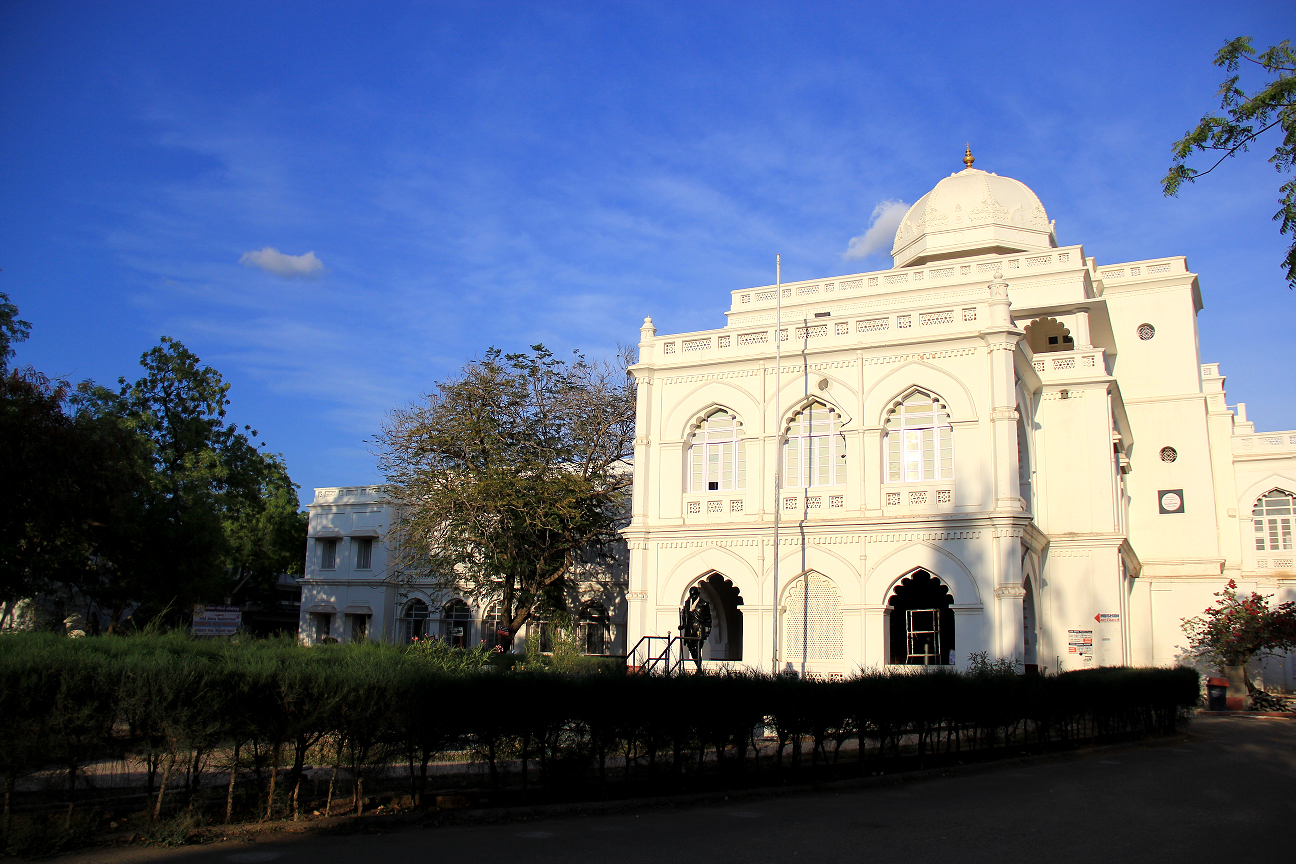The Meenakshi Amman Temple, situated in the heart of Madurai, Tamil Nadu, stands as a monumental testament to South Indian architecture and spirituality. This magnificent temple complex, dedicated to Goddess Meenakshi and her consort Sundareswarar, has evolved over two and a half millennia, embodying the essence of Tamil culture and religious devotion. According to ancient legends, the temple's origins trace back to a sacred forest shrine, where Indra, the king of celestial deities, discovered a self-manifested lingam and constructed the initial shrine.
The temple's documented history begins during the reign of Kulasekara Pandyan in the 6th century CE, but its transformation into its current grandeur commenced under Sadayavarman Kulasekaran I (1190-1205 CE). This Pandyan ruler established the foundation for the temple's magnificent architecture by constructing the main portions of the three-storeyed gopuram at the Sundareswarar shrine and the central section of the Goddess Meenakshi shrine. The temple's development continued under subsequent Pandyan rulers, though it faced a period of decline following the invasions of Malik Kafur in the 14th century. The temple's renaissance occurred during the Nayak dynasty, particularly under Tirumalai Nayak's rule in the 16th and 17th centuries, when it was extensively rebuilt and expanded to its present form.
The architectural brilliance of the Meenakshi Amman Temple is exemplified in its Dravidian style, spanning 14 acres and featuring 14 magnificent gopurams. The southern tower, reaching a height of 170 feet, stands as the tallest among these ornate structures. These gopurams showcase thousands of vibrant stucco figures depicting divine beings and mythological narratives. The construction technique employed in these towers demonstrates remarkable engineering prowess, with massive granite blocks fitted precisely without mortar, creating structures that have endured centuries of environmental challenges.
The temple's Hall of Thousand Pillars, actually containing 985 pillars, represents a masterpiece of sculptural artistry. Each pillar features intricate carvings of celestial beings, mythical creatures, and elaborate floral patterns. The hall's ingenious design creates an optical illusion where the pillars appear perfectly aligned when viewed from any angle. The Potramarai Kulam, or Golden Lotus Tank, adds another dimension to the temple's architectural splendor, surrounded by a pillared corridor and holding historical significance as a benchmark for Tamil literary excellence.
Beyond its religious significance, the Meenakshi Amman Temple has served as a vital center for Tamil cultural preservation and artistic expression. The temple walls function as a visual library, with paintings and sculptures narrating countless stories from Hindu mythology. The temple complex has historically patronized various performing arts, including classical music and dance. The annual Meenakshi Tirukalyanam festival, celebrating the divine marriage of the temple's deities, draws millions of devotees and serves as a living showcase of ancient traditions.
The temple complex houses numerous architectural and cultural marvels that continue to intrigue visitors. The Moolai Kuttam, where Nayak kings once observed temple ceremonies, features pillars that produce musical notes when struck. The Nataraja Sabhai, dedicated to Lord Shiva's cosmic dance, holds profound spiritual significance. A unique daily ritual involves transporting Sundareswarar's idol to Meenakshi's shrine in the evening and back in the morning, symbolizing their eternal union.
In contemporary times, the Meenakshi Amman Temple maintains its role as both an active place of worship and a major cultural landmark. The temple has undergone careful renovations, with the most significant restoration completed in 1995, focusing on preserving its architectural and artistic heritage. Modern amenities and crowd management systems have been thoughtfully integrated while maintaining the temple's traditional sanctity. The temple continues to offer visitors a profound spiritual and cultural experience, combining architectural grandeur with living traditions that have endured through centuries.







